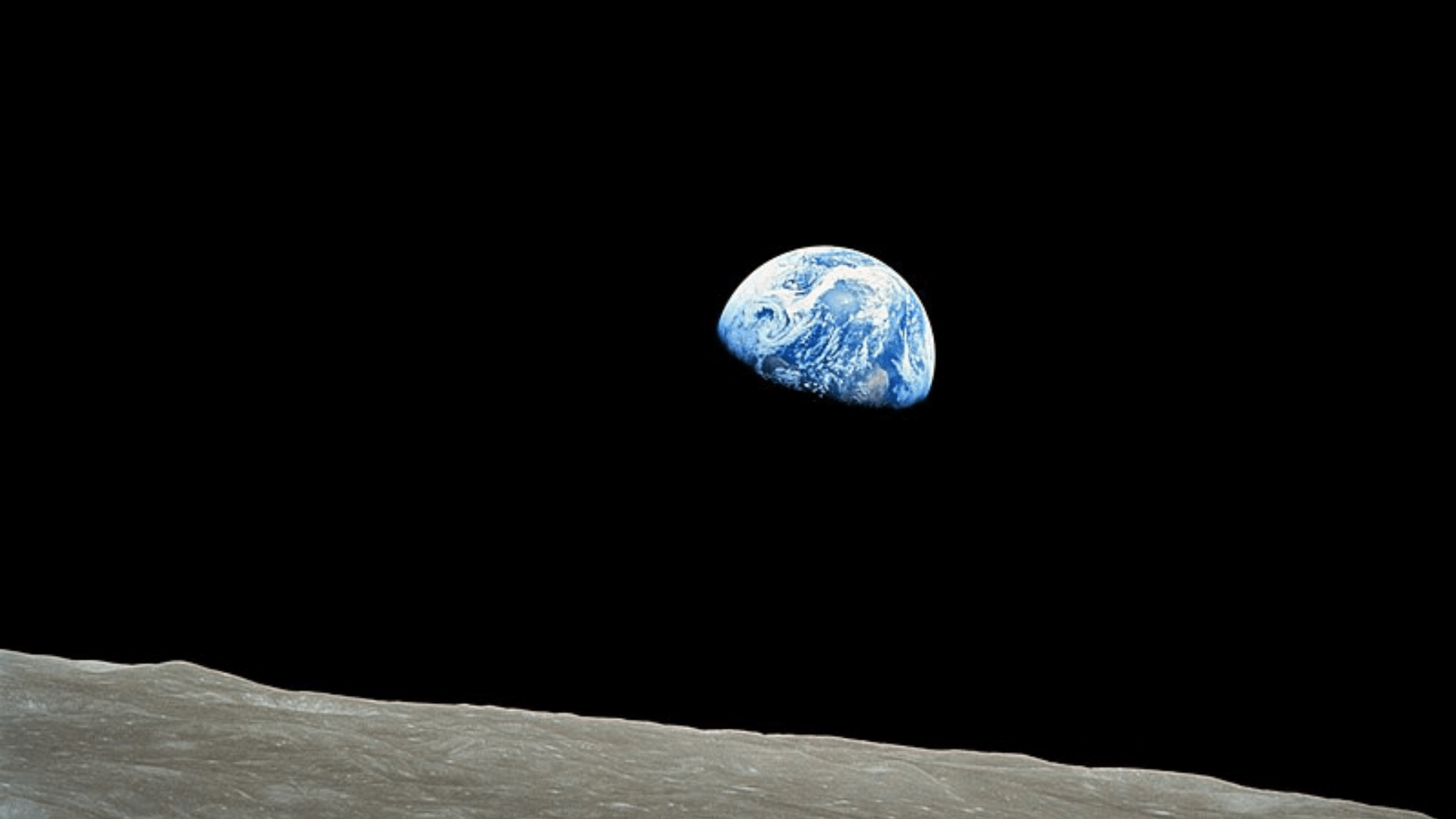
APOLLO 8: TO THE MOON AND BACK
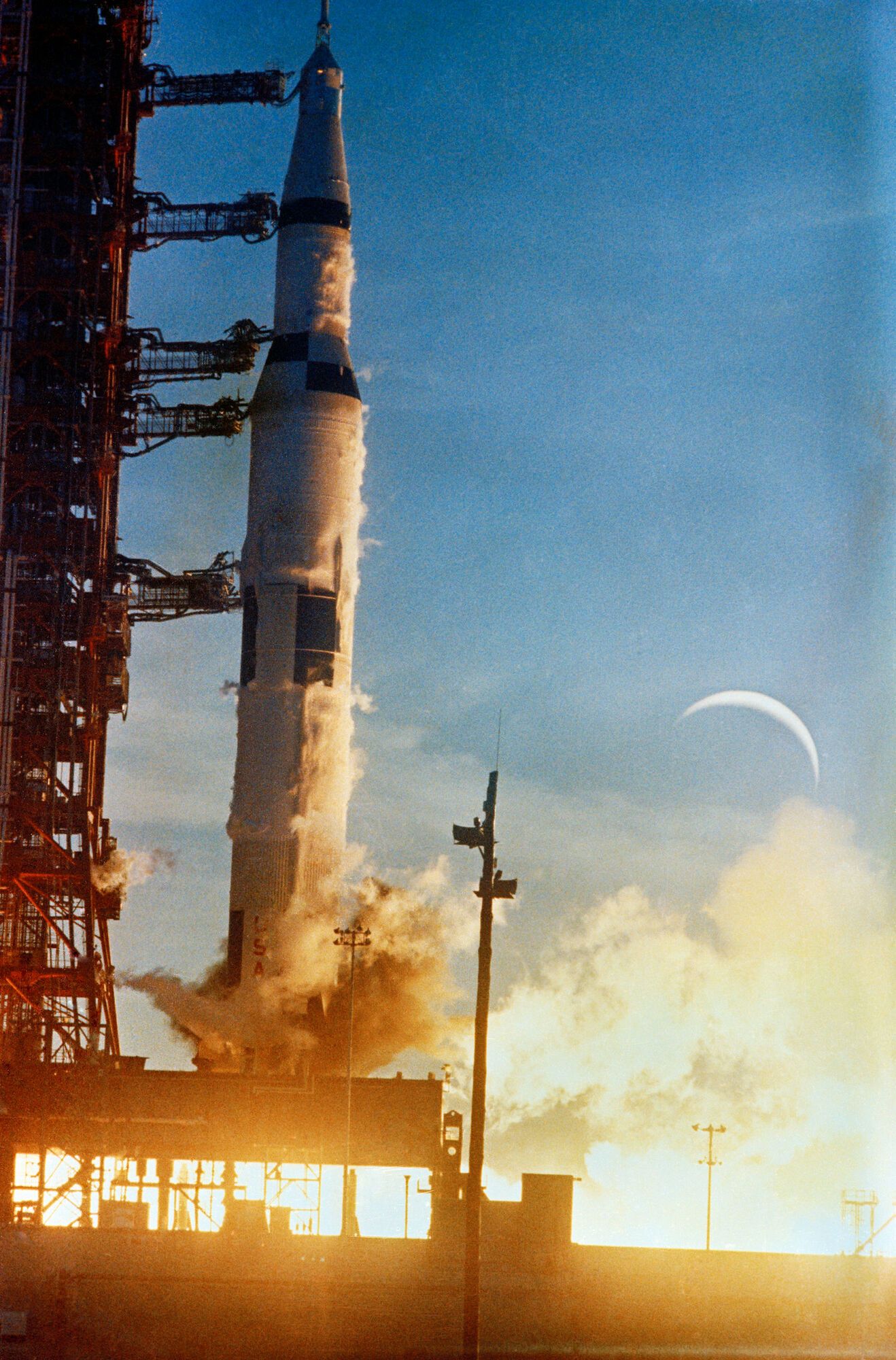
Apollo 8 was a mission of many firsts. The first crewed spacecraft was to leave low-Earth orbit, the first crewed mission to reach and orbit the Moon, and return home safely, a fantastic accomplishment for 1968. The three-astronaut crew, consisting of Frank Borman, James Lovell, and William Anders, were the first humans to reach the Moon, witness and photograph an Earthrise, and escape the gravity of any celestial body.
On December 21, 1968, Apollo 8 launched, becoming the second crewed spaceflight mission flown in the Apollo program after Apollo 7, which stayed in Earth orbit. It was initially planned to be the second crewed Apollo Lunar Module and command module test in early 1969. However, the mission changed in mid-1968 to a command-module-only lunar orbital flight, which was more ambitious. The mission was also moved up to December of 1968. This was because the lunar module was not yet ready to make its first flight. The crew, who were training to fly the first lunar module, became the Apollo 9 mission crew. This meant Borman and his crew were moved to Apollo 8. This left the Apollo 8 crew with two to three months' less training and preparation time than initially planned. This also meant the planned lunar module training was replaced with translunar navigation training.
The Apollo 8 mission's cruise phase was uneventful, except for the periodic checks done to ensure the spacecraft was in perfect working conditions and maintained their course. Thirty-one hours into the flight, NASA scheduled a television broadcast. During this first broadcast, they gave a tour of the spacecraft, and the crew attempted to show how Earth appeared to them from space. However, because of technical difficulties with the exposure and narrow lens, all the crew could show everyone watching was a bright blob. Seventeen minutes into the broadcast, the high-gain antenna moved out of view of the receiving stations on Earth. Lovell wished his mother a happy birthday as the transmission ended.
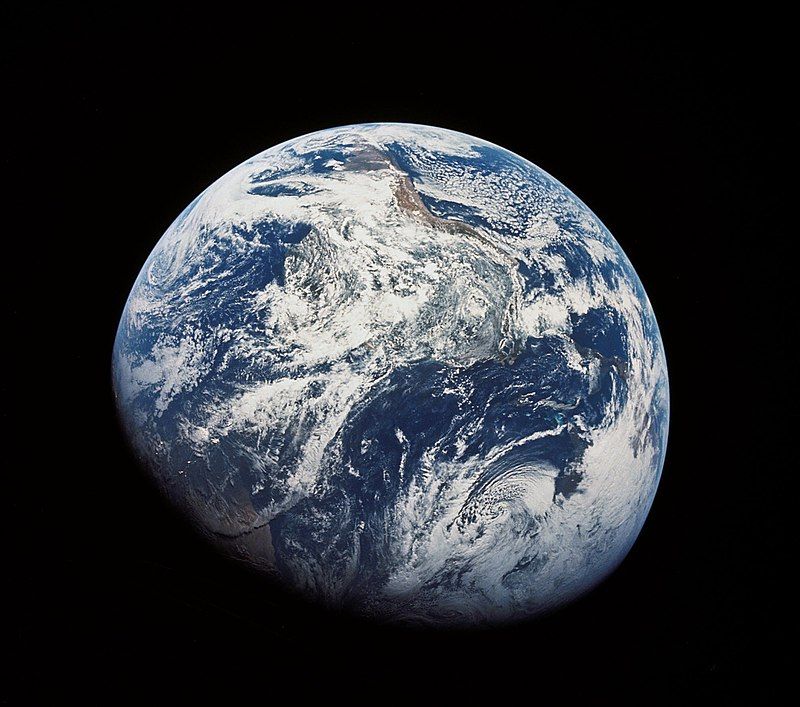
A second television broadcast was made 55 hours into the flight. This time, the crew set up filters to show Earth images through the telephoto lens. Even though they had to maneuver the entire spacecraft to aim the lens, the crew succeeded in broadcasting the images back to Earth. The crew spent most of the transmission describing what was visible to them and the colors they could see. The transmission lasted 23 minutes.
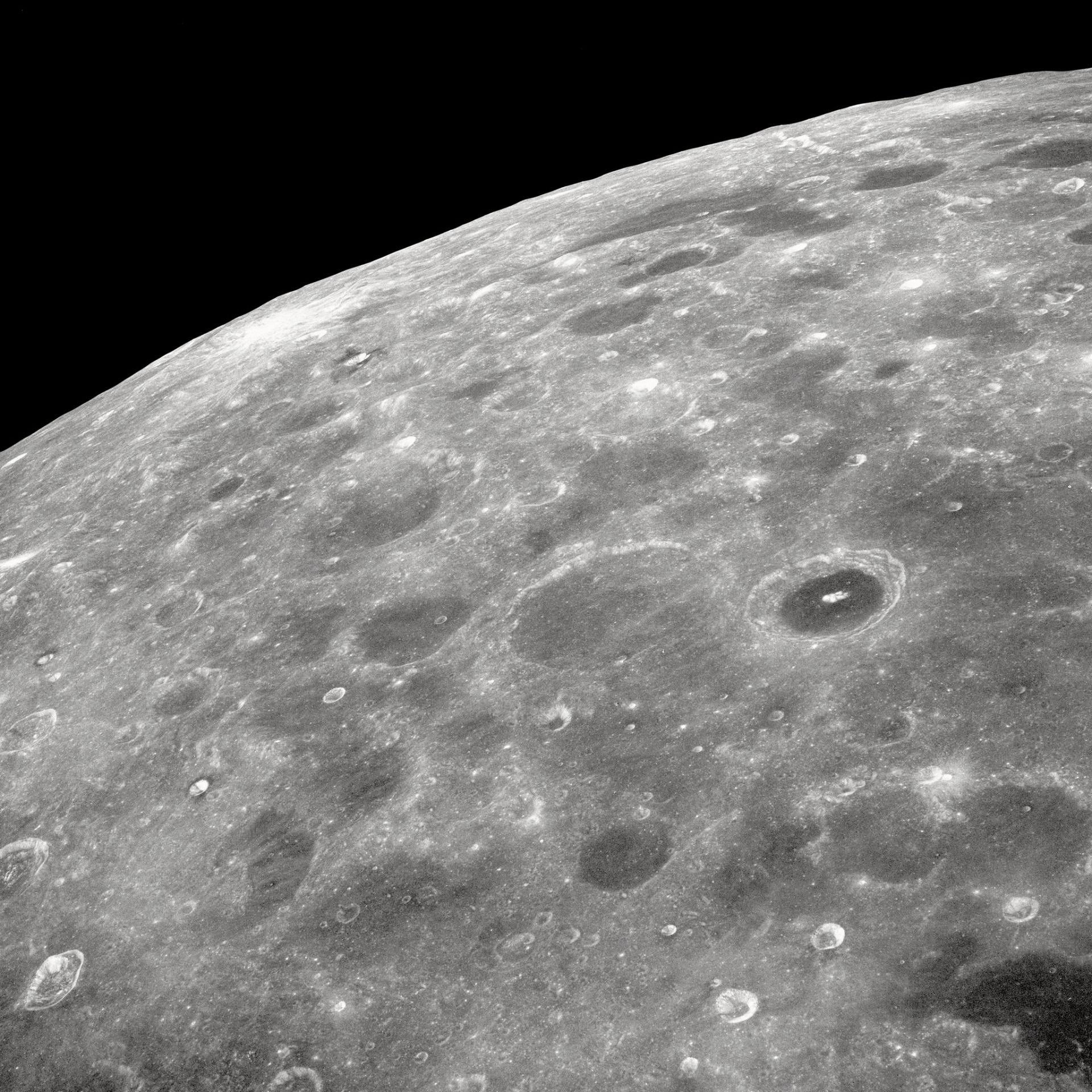
Just before LOI-1, the crew finally caught their first glimpse of the Moon. Lovell saw the first shafts of sunlight illuminate the lunar surface after they had been flying over the unlit side for the entirety of the mission. Lovell described the lunar surface as grey, with no color, and looked like plaster of Paris or beach sand. One of the crew's primary tasks was reconnaissance of planned future landing sites on the Moon, especially Mare Tranquillitatis, the designed Apollo 11 landing site. In one of the spacecraft windows, a film camera had been set up to record the Moon below. Bill Anders spent the next 20 hours taking as many photographs as possible, and by the end of the mission, they had taken well over eight hundred still photographs and 210 meters of 16 mm movie film.
During the spacecraft's fourth pass in front of the Moon, the crew witnessed an "Earthrise" live for the first time in human history. Previously, the only recorded Earthrise was taken by NASA's Lunar Orbiter 1 on August 23, 1966. Anders called in excitement to the other crew after seeing the Earth emerge from behind the lunar horizon and began taking photographs, taking Earthrise, a now-famous color photo. The photo was later picked as one of the hundred photos of the century by Life magazine.
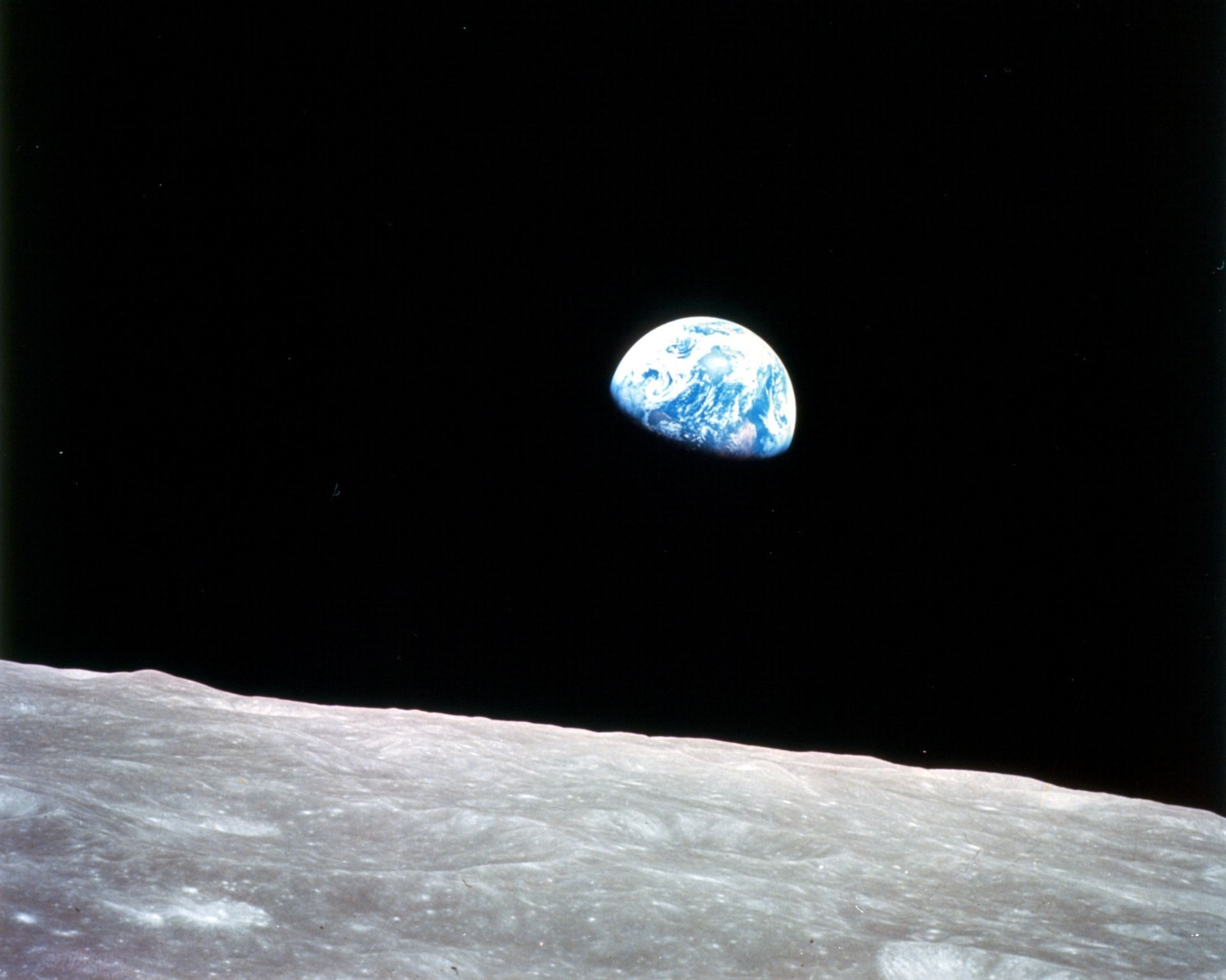
The astronauts began the second television transmission as they rounded the Moon for the ninth time. Borman introduced the crew, and each gave their impression of what it was like to be orbiting the Moon and what they thought the surface looked like. Borman described it as being a vast expanse of nothing. After, each read a section from the Book of Genesis, and Borman finished the broadcast by wishing everyone on Earth a Merry Christmas. The spacecraft then began its journey back to Earth on Christmas Day.
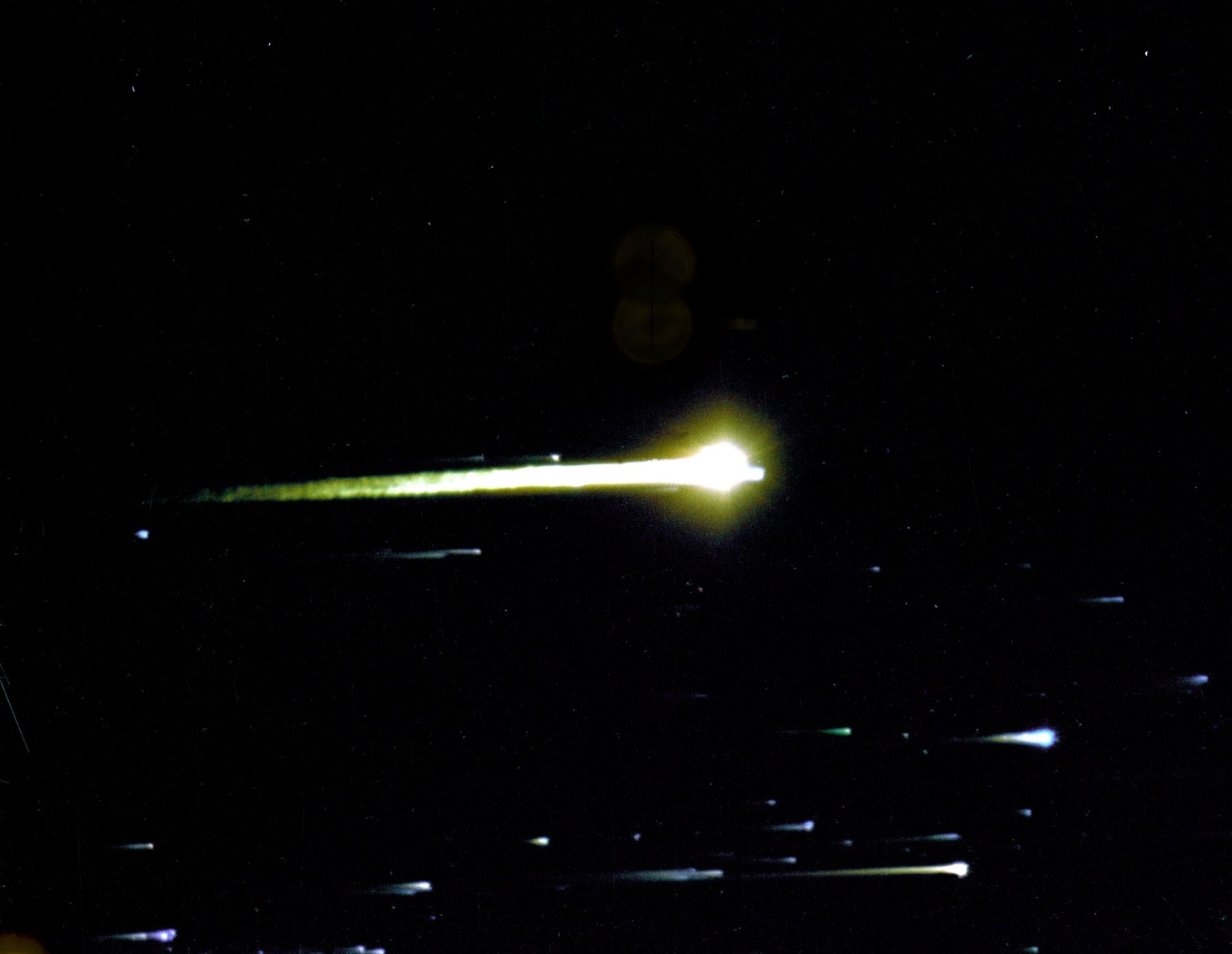
Six minutes before they hit the top of Earth's atmosphere, the crew saw the Moon rising above the Earth's horizon. As the spacecraft hit the outer atmosphere, the crew noticed that it was becoming hazy outside as glowing plasma formed around the module. The spacecraft splashdown position occurred in the North Pacific Ocean, southwest of Hawaii, on December 27, 1968.
The Apollo 8 mission's success paved the way for the Apollo program's future, and for Apollo 11 to accomplish U.S. President Kennedy's goal of landing a man on the Moon before 1970. Frank Borman, James Lovell, and William Anders returned to Earth on December 27, 1968. The Apollo 8 crew was named Time magazine's "Men of the Year" for 1968 upon their return.
